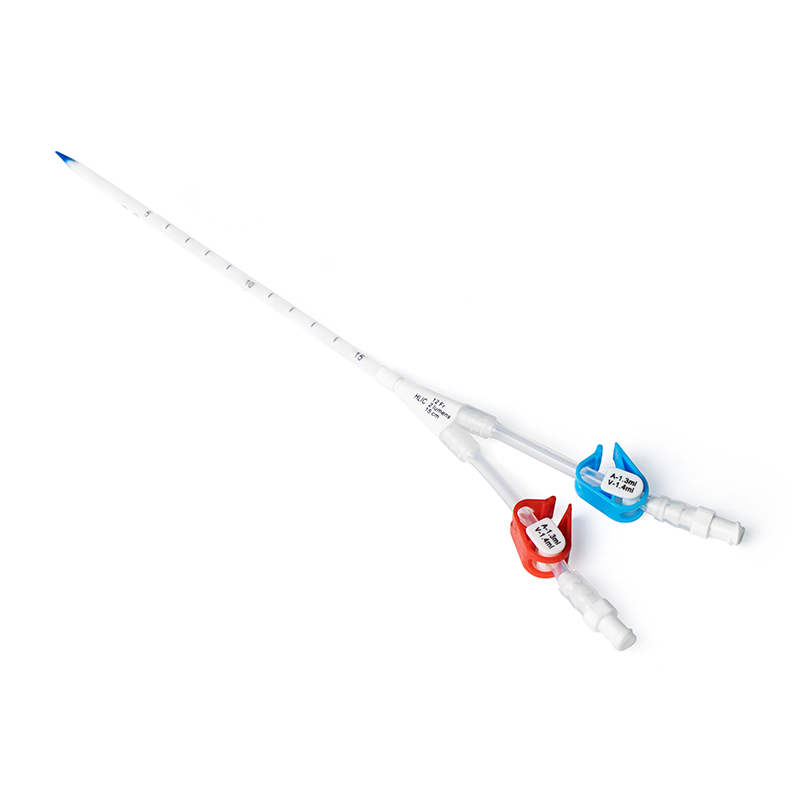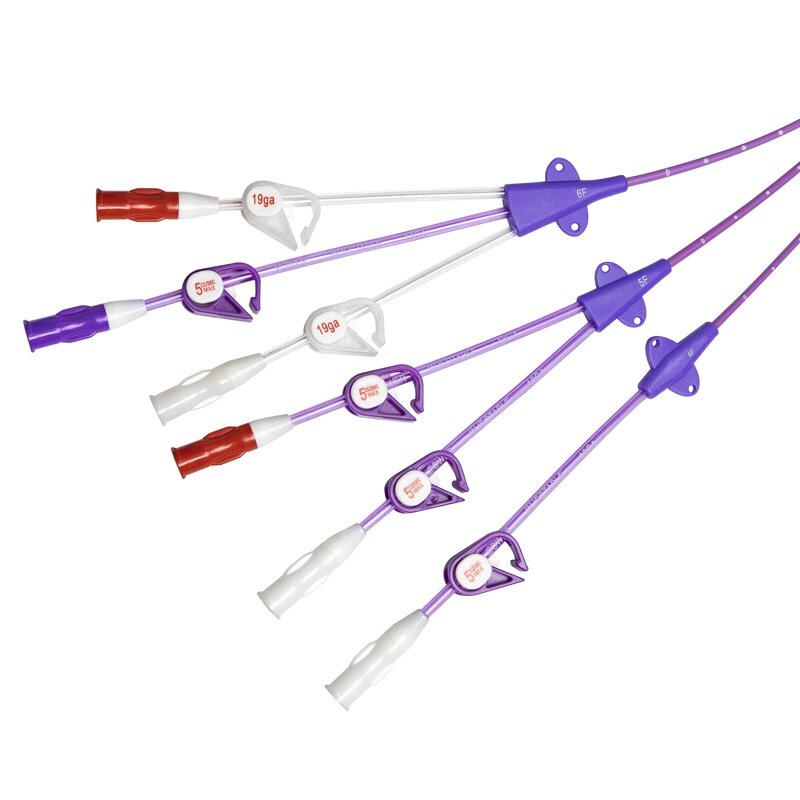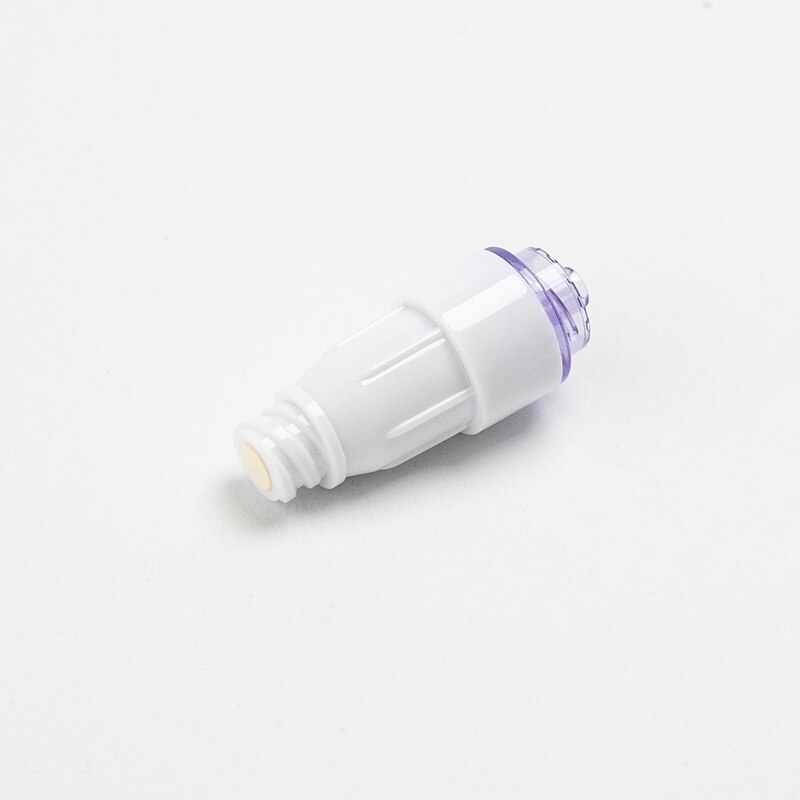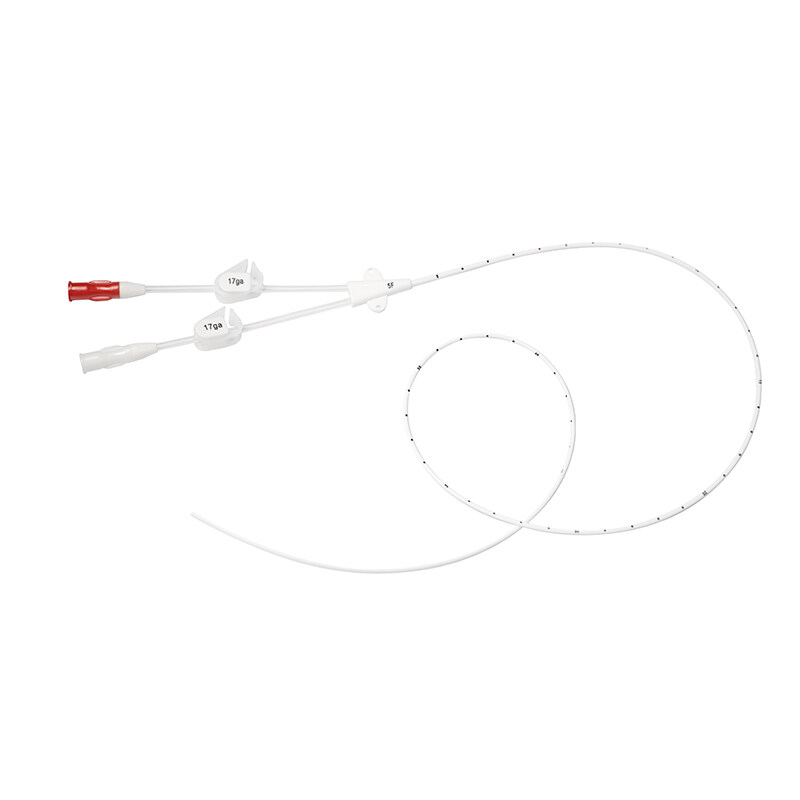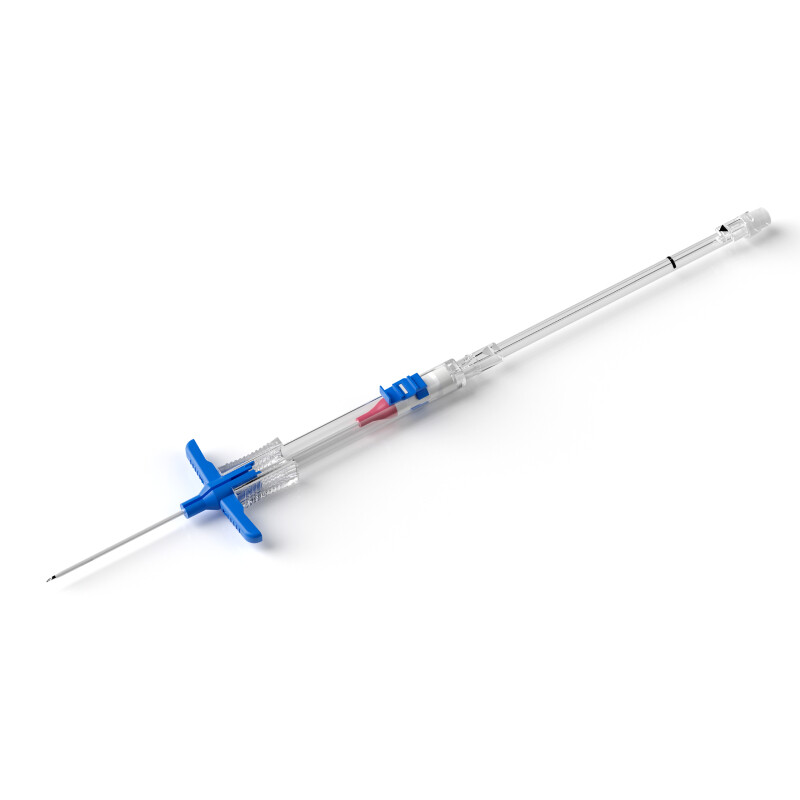In healthcare settings, infection control is of paramount importance. The use of needle-less valves is a critical innovation that has significantly contributed to reducing the risk of infections. These valves provide a safer and more efficient means of administering medications, fluids, and blood products, thereby enhancing patient care and preventing potential complications.
Needle-less Valves
Needle-less valves are specialized access points designed to secure intravenous (IV) lines. They are designed to allow the introduction of syringes, administration sets, and other medical devices without the need for a needle.
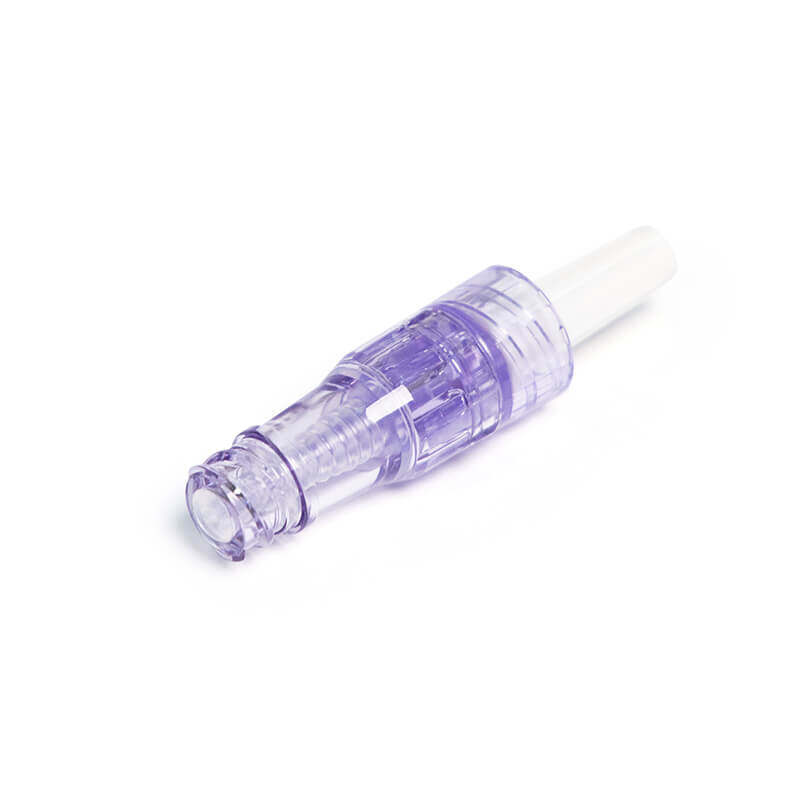
Features & Benefits:
1. Reduce the incidence of infection
● The Clear Needleless Valve is designed with plastic silicon split septum type instead of the traditional spring type. It could be applied for MRI without metal.
● No metal is also beneficial for reducing infection since there are no residual liquids, lipids, or blood that could be corroded by metal.
2. Top sealed with silicon which could be disinfected only in 5 seconds
3. Smooth surface
● Long-term indwelling will not cause indentation and compression injury to the skin
● A smooth top connector could be disinfected easily and effectively prevent bacterial implantation.
4. Straight liquid path
● To ensure the integrity of drugs and blood products during the infusion process, and improve the effectiveness of treatment.
● Less rush flow is required to remove residual blood from the cavity.
5. Zero-filled cavity volume, easy flushing, and well microbial colonization resistance.
6. Transparent design
● Easy to observe the flow of liquid in the cavity.
Needleless Valve Helps Reduce Risk of Infection
Reduced Needlestick Injuries
One of the primary advantages of needle-less valves is their ability to reduce needlestick injuries. Needle-less valves create a sealed environment, preventing air and environmental contaminants from entering the IV line. This sealing mechanism helps reduce the risk of microbial contamination, especially in high-risk environments like ICUs and operating rooms.
Minimizing Bloodstream Infections
Bloodstream infections, such as sepsis, can be life-threatening for patients. Needle-less valves play a vital role in reducing these infections by maintaining the sterility of the IV system.
Improved Medication Administration
Needle-less valves make it easier for healthcare professionals to administer medications and fluids. They allow quick and efficient connection and disconnection, minimizing the potential for contamination during the process.
Safe and Easy to Use
Needle-less valves are frequently used with central lines, such as central venous catheters (CVCs) and peripherally inserted central catheters (PICCs). Needle-less valves are user-friendly, reducing the likelihood of mistakes and contamination. They are easy to clean and maintain, ensuring their continued effectiveness in infection prevention.
Needle-less Valves in Different Healthcare Settings
Needle-less valves are not limited to hospitals; they are used in various healthcare settings, including long-term care facilities and home healthcare. Their versatility contributes to maintaining infection control measures across different care environments.
Reducing Antibiotic Resistance
The overuse of antibiotics to treat infections has contributed to the emergence of antibiotic-resistant bacteria. Needle-less valves play a role in reducing the incidence of healthcare-associated infections, which, in turn, can lead to a decrease in antibiotic use.
Enhanced Patient Comfort
Increased patient comfort can lead to better compliance with treatment plans and improved outcomes. Patients benefit from the use of needle-less valves as they experience fewer complications and discomfort associated with needlesticks.
Conclusion
Needle-less valves changed the field of healthcare by significantly reducing the risk of infections. They provide a safe and effective means of administering medications and fluids, preventing needlestick injuries, and minimizing the potential for contamination. In a healthcare landscape where infection control is paramount, needle-less valves play a vital role in safeguarding patients and healthcare workers alike.

